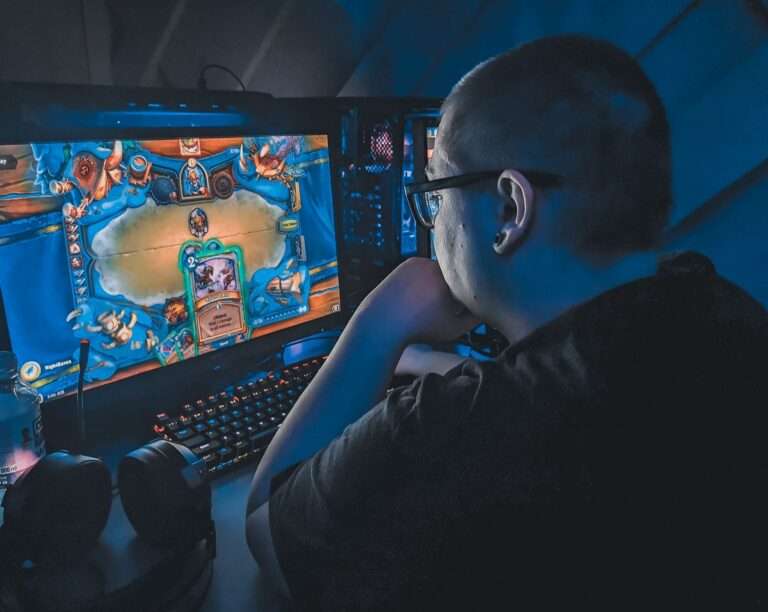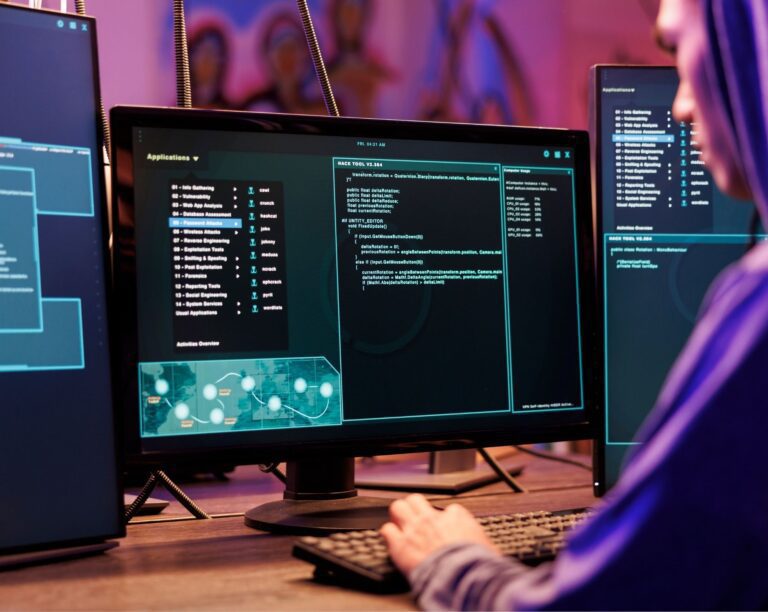
In the realm of gaming, shuttering refers to a noticeable jerkiness or choppiness in the on-screen display. Shuttering in Gaming PC can manifest in various ways, including sudden pauses, jittery movements, and distorted visuals.
Addressing shuttering is crucial for maintaining a seamless and enjoyable gaming experience. When shuttering occurs, it disrupts the flow of gameplay, making it difficult to react to in-game events effectively. It can also lead to eye strain and fatigue, further diminishing the overall gaming experience.
Contents
Understanding Shuttering
Shuttering occurs when there are sudden drops in the frame rate of a video game. You might notice this in a few ways, such as:
- FPS drops: These are sudden decreases in the number of frames per second (FPS) that are being displayed. This can cause the game to appear to stutter or jerk, as the frames are not being displayed smoothly.
- Micro-stutters: These are very brief pauses in the game, which can be difficult to detect with the naked eye. However, they can still be disruptive to gameplay, as they can cause players to miss important information or make mistakes.
- Input lag: This is when there is a delay between the player’s input and the game’s response. This can make it difficult to play games that require quick reflexes, as the player will not be able to see the results of their actions immediately.
There are a number of factors that can contribute to shuttering, including:
- Hardware: A computer with insufficient hardware, such as a weak CPU or GPU, can cause shuttering.
- Software: Software issues, such as outdated drivers or conflicting programs, can also cause shuttering.
- Network: Network latency, which is the time it takes for data to travel from the player’s computer to the game server, can also cause shuttering.
If you are experiencing shuttering, there are a number of things you can try to fix it. These include:
- Upgrading your hardware: If your computer is not powerful enough to run the game you are trying to play, you may need to upgrade your hardware. You can make it better by getting a new CPU, GPU, or adding more RAM.
- Updating your software: Make sure that you have the latest drivers for your hardware and that you are running the latest version of the game.
- Adjusting your in-game settings: Some games have settings that can be adjusted to improve performance. This could include lowering the resolution, reducing the graphics quality, or disabling certain features.
- Troubleshooting your network: If you are experiencing network latency, try connecting to your router with an Ethernet cable instead of Wi-Fi. You can give your internet box a fresh start by turning it off and on again.
How to Find Out if CPU, GPU, or RAM is Causing Game Shuttering
- Open Task Manager on your Windows computer. You can do this by pressing Ctrl+Shift+Esc or right-clicking on the taskbar and selecting “Task Manager”.
- Navigate to the “Performance” tab
- Observe the CPU, RAM, and GPU usage percentages. If any of these resources are consistently at or above 100%, it indicates a potential bottleneck.
- Download and install a hardware monitoring tool such as HWiNFO64 or MSI Afterburner.
- Launch the hardware monitoring tool and ensure it is displaying real-time data for CPU, RAM, and GPU usage.
- Run the demanding game that causes shuttering
- Monitor the CPU, RAM, and GPU usage graphs during gameplay. If any resource consistently spikes or reaches 100%, it suggests that the component is causing the bottleneck.
- Install a frame time monitoring tool such as RivaTuner Statistics Server (RTSS) or FRAPS
- Launch the frame time monitoring tool and configure it to display frame times and frame rate graphs.
- Run the demanding game that causes shuttering.
- Observe the frame time graphs during gameplay. Look for spikes or dips in frame times, as these indicate inconsistencies in rendering performance.
Interpreting Results
CPU Usage: If CPU usage consistently reaches 100%, it indicates a CPU bottleneck. This means your CPU is unable to process the game’s demands fast enough, leading to shuttering.
RAM Usage: If RAM usage consistently reaches or exceeds 90%, it suggests a RAM bottleneck. This means your system is running out of RAM, causing the game to stutter as it resorts to using slower storage options.
GPU Usage: If GPU usage consistently remains below 100%, it implies a GPU bottleneck. This means your GPU is not being fully utilized, possibly due to CPU limitations or other factors.
Addressing Bottlenecks Once you’ve identified the bottleneck component, consider the following solutions:
- CPU Bottleneck: Upgrade your CPU to a more powerful model that can handle the game’s demands effectively.
- RAM Bottleneck: Upgrade your RAM capacity, adding more RAM modules or higher-capacity modules to provide sufficient memory for the game’s data
- GPU Bottleneck: Upgrade your GPU to a more powerful graphics card that can render the game’s visuals smoothly.
Remember, identifying and addressing bottlenecks can significantly improve your gaming experience, reducing or eliminating shuttering and providing a smoother, more immersive gameplay experience.
Sometimes, it’s not the hardware causing the problem; the software is often a major culprit for the shuttering in a gaming PC, making the game not run smoothly.
Reduce Shuttering in Gaming PC with Software Tweaks

As discussed earlier, let’s see
How to measure FPS in Games using RivaTuner Statistics Server (RTSS)
1. Download and Install MSI Afterburner:
- Go to the MSI Afterburner website.
- Download the latest version of MSI Afterburner.
- Install the software by following the prompts on your screen
2. Download and Install RivaTuner Statistics Server (RTSS):
- During the installation of MSI Afterburner, make sure to select the option to install RivaTuner Statistics Server as well.
- If not, you can download RTSS separately from the official website.
3. Launch MSI Afterburner:
- Open MSI Afterburner from your desktop or Start menu.
4. Adjust Settings:
- In the MSI Afterburner interface, you’ll see sliders for GPU temperature, core clock, memory clock, etc. Don’t worry about those for now.
5. Open RivaTuner Statistics Server:
- Look for the RivaTuner icon in your system tray (usually near the clock in the taskbar).
- Right-click on the icon and select “Open.”
6. Configure RivaTuner:
- In the RTSS window, find the “Monitoring” tab.
- Look for “Framerate” and switch it from “None” to “In OSD” (On-Screen Display).
7. Start Call of Duty: Modern Warfare:
- Launch the game as you normally would.
8. Display FPS on Screen:
- While in-game, you should now see your FPS (Frames Per Second) displayed on the screen.
- You can customize the position, size, and color of the FPS counter in the RTSS settings.
9. Monitoring Other Stats:
- If you want to monitor other stats like GPU temperature, usage, etc., you can go back to the RTSS settings and enable those in the “Monitoring” tab.
10. Close MSI Afterburner and RTSS:
- When you’re done playing, you can close MSI Afterburner and RTSS.
Remember, monitoring FPS is just one aspect. If you encounter performance issues, you can use these tools to identify what might be causing them and adjust settings accordingly.
We hope the information shared on this blog will help you reduce shuttering in gaming PC. Understanding and tweaking both hardware and software aspects, along with using tools like MSI Afterburner and RivaTuner, can contribute to a smoother gaming experience. Happy gaming!
Thanks for checking out the post! Share your thoughts and comments below. We’d love to hear from you!
You might find the following topic intriguing.
